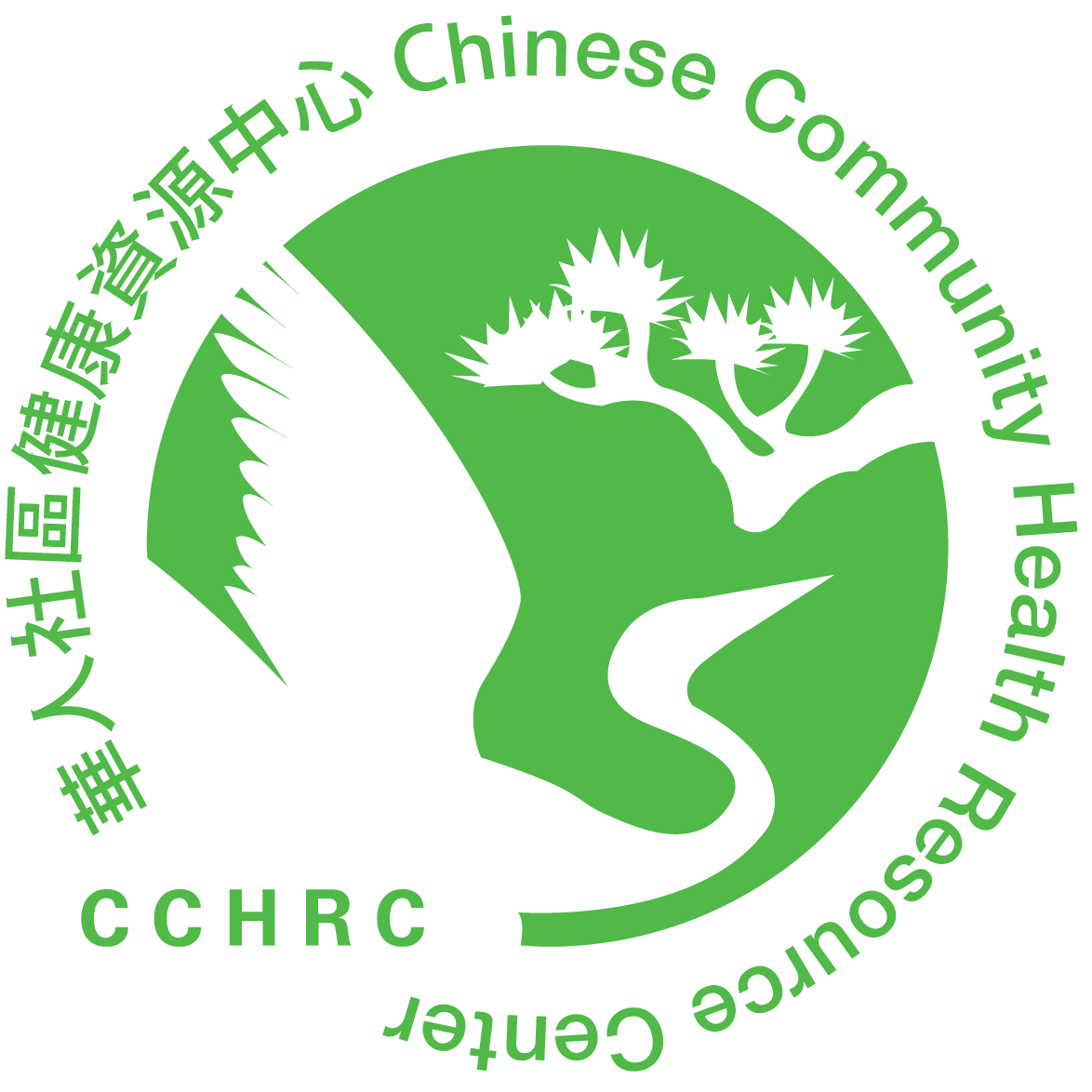1. What Is TB?
TB is a serious and contagious disease caused by the germ called Mycobacterium tuberculosis. The germ attacks primarily the lungs and other vital organs such as liver, kidneys, bones, and lymph nodes.
2. How Is TB Spread?
TB is spread by airborne droplets containing the bacteria. These tiny droplets are released into the air when a person with TB coughs, sneezes, sings, laughs, or talks. One can contract the infection by breathing these infected droplets.
3. What Are the Symptoms of TB?
- Loss of appetite and weight loss
- Fatigue and weakness
- Chronic cough or coughing up blood
- Fever and/or night sweats
- Other symptoms depend on the particular part of the body being affected
- Sometimes there are no symptoms at all
4. Who Is at Risk for TB?
Anyone can get TB. However, the following groups are at a higher risk of contracting TB:
- Individuals living in poorly ventilated, crowded, and unsanitary conditions
- Foreign born people from countries with high TB rates (e.g. South East Asia)
- Some ethnic minorities such as Asians, Hispanics, and Africans
- Persons in close contact with those known to be infectious with TB
- Patients with chronic medical conditions such as diabetes, kidney failure, and leukemia
- Patients with low immunity or malnutrition, e.g. AIDS patients, alcoholics
- Residents of long term care facilities such as nursing homes
5. How to Reduce the Risk of TB?
- Cover your nose and mouth when sneezing or coughing to reduce the spread of TB germs. Blow your nose or expectorate into a paper tissue and dispose in trash can or toilet. Do not expectorate on the street as it poses a public health hazard.
- Keep your home well ventilated and sanitary
- Eat a well balanced diet to maintain good health
6. How Do I Know if I Have TB?
Getting a TB skin test is the first step. If the test result is positive, you will probably be tested further to see if you have TB infection or TB disease.
7. What Is the TB Skin Test?
A small amount of testing material, called tuberculin, is placed just below the top layers of skin, usually on the arm. Two to three days later a health care worker checks the arm to see if a bump has developed and measures the size of the bump. If the bump is of a certain size the test is positive and the person is presumed to have TB infection.
Once the doctor knows that a person has TB infection he or she will want to determine if the person has TB disease. This is done by using several other tests including a chest X-ray and a test of a person’s mucus/sputum (the material that is sometimes coughed up from the lungs).
8. Where Can I Get a TB Skin Test?
- Your doctor’s office
- District public health centers
- Health Clinic
9. What Is the Difference Between TB Infection and TB Disease?
People with TB infection have the germ that causes TB in their body, but they do not have the disease. They are not sick because the germ stays inactive in their body. They cannot spread the germ to other people. Nevertheless, people infected with the TB germ may develop TB disease in the future, especially if they are in one of the high-risk groups. Medicine such as Isoniazid (INH) is often prescribed for these people to prevent them from developing TB disease.
People with TB disease are sick from germs that are active in their body. They usually have one or more of the TB symptoms. TB disease can be serious, leading to permanent body damage and even death. Medicines are prescribed for these people to cure TB, usually a combination of INH and two to three other medications like rifampin, pyrazinamide and ethambutol.
10. Can TB Patients Infect Others?
Before treatment, yes. After drug treatment, it is rare. If the TB patient takes his/her medication regularly and is responding well, the drugs usually make the patient non-contagious within weeks. You cannot catch TB by handling patient’s bed sheets, books, furniture, or eating utensils. There is no need to handle their dishes differently from anyone else. Brief exposure to TB patient rarely infects a person. It is day-after-day close contact that actually does it.
11. Is It Important to Take My Medication Daily?
It is very important to follow the prescribed dosage and complete the whole course of medication. If you don’t, TB can easily return, and it can be worse than before. The germs can become resistant to the drug and quickly yields germs that standard medication cannot cure, leading to Multi-Drug Resistant TB. These drug-resistant germs can pass directly onto others making treatment impossible.
If you have additional question on TB, ask your doctor or contact the American Lung Association at 1-800-586-4872 or www.lung.org
Copyright © 1993-2020 Chinese Community Health Resource Center
If you would like a copy of this health article, please click on the PDF button in the language you prefer. To view the PDF document, you’ll need Adobe Acrobat, which you can download here.
Bilingual:



